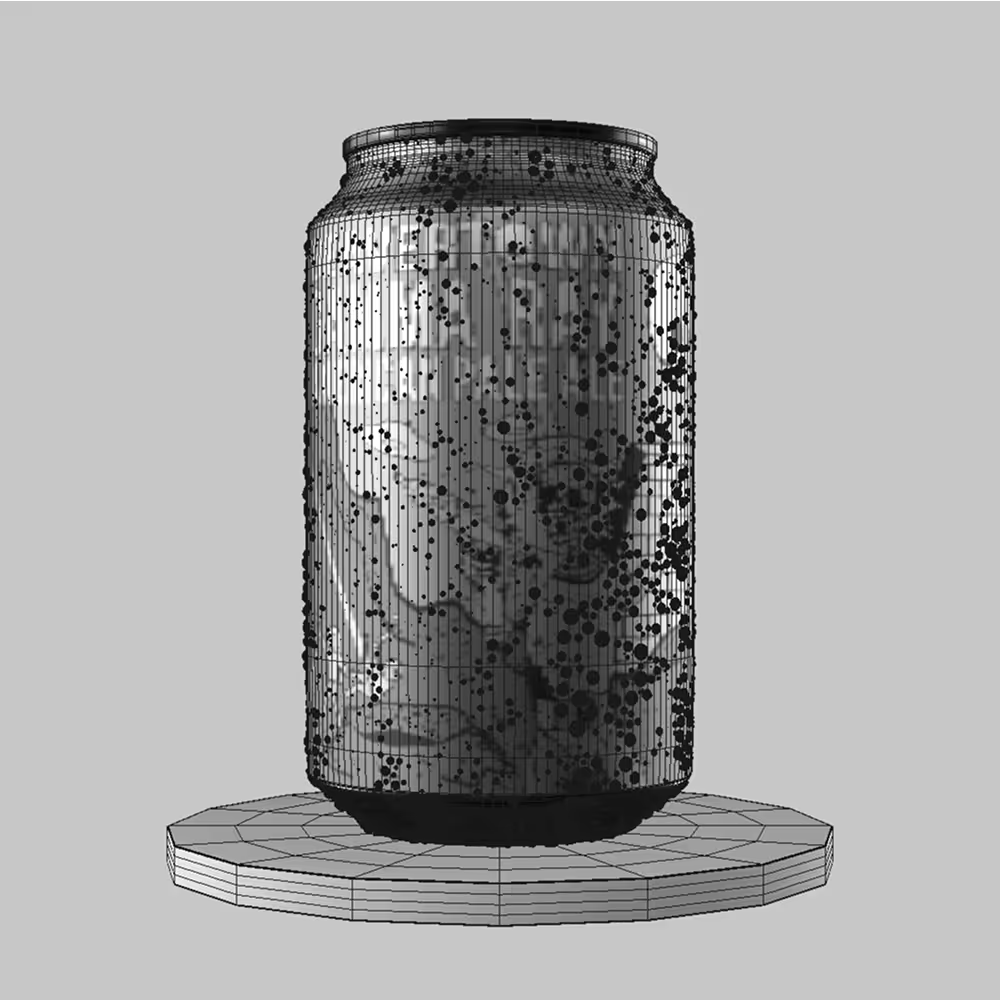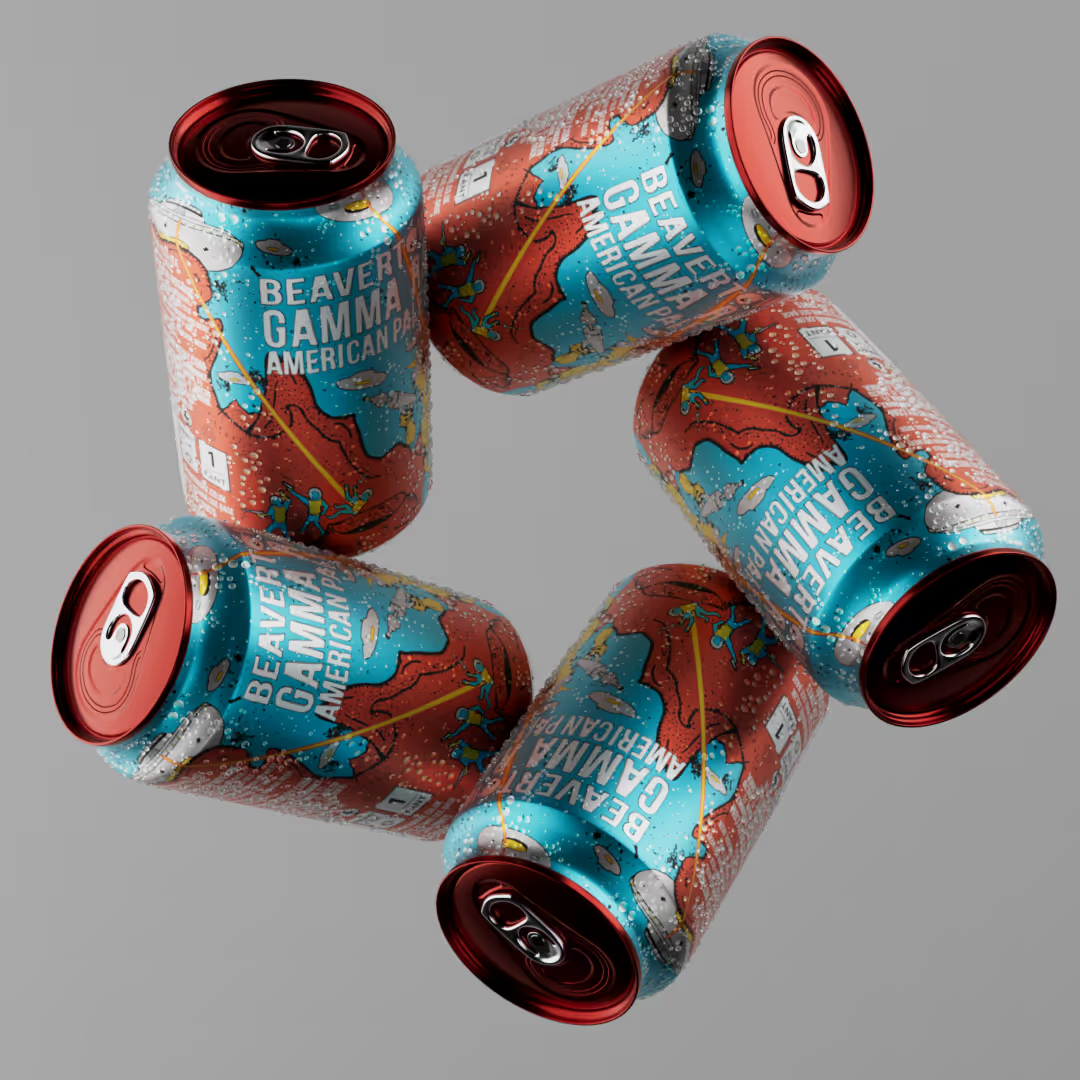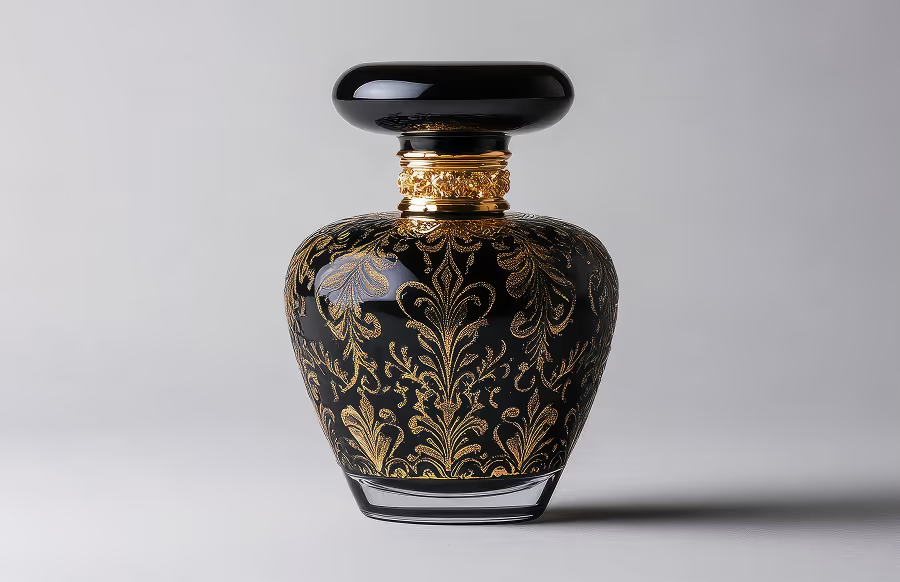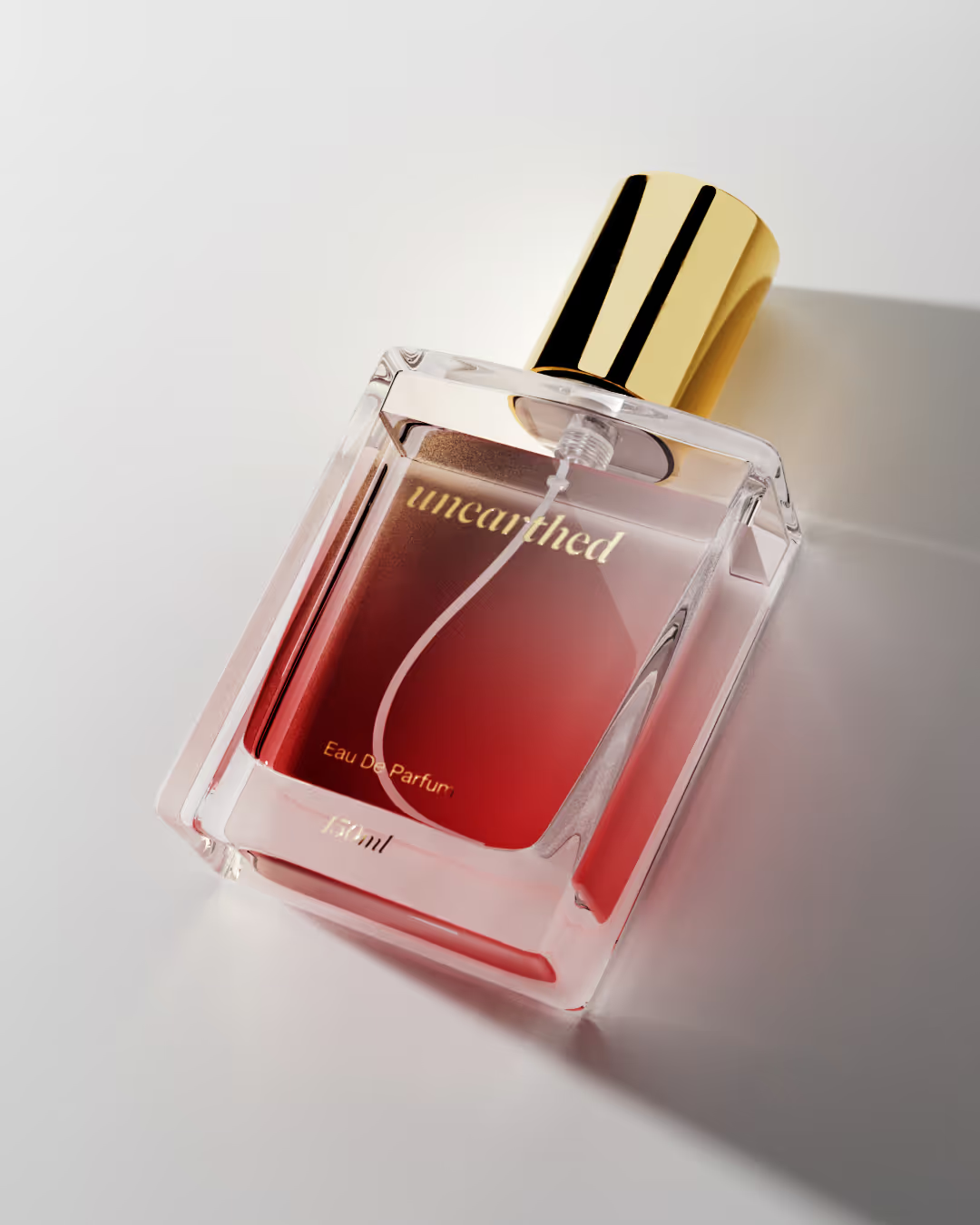3D Product Rendering vs Traditional Photography: Which Is Right for Your Brand?
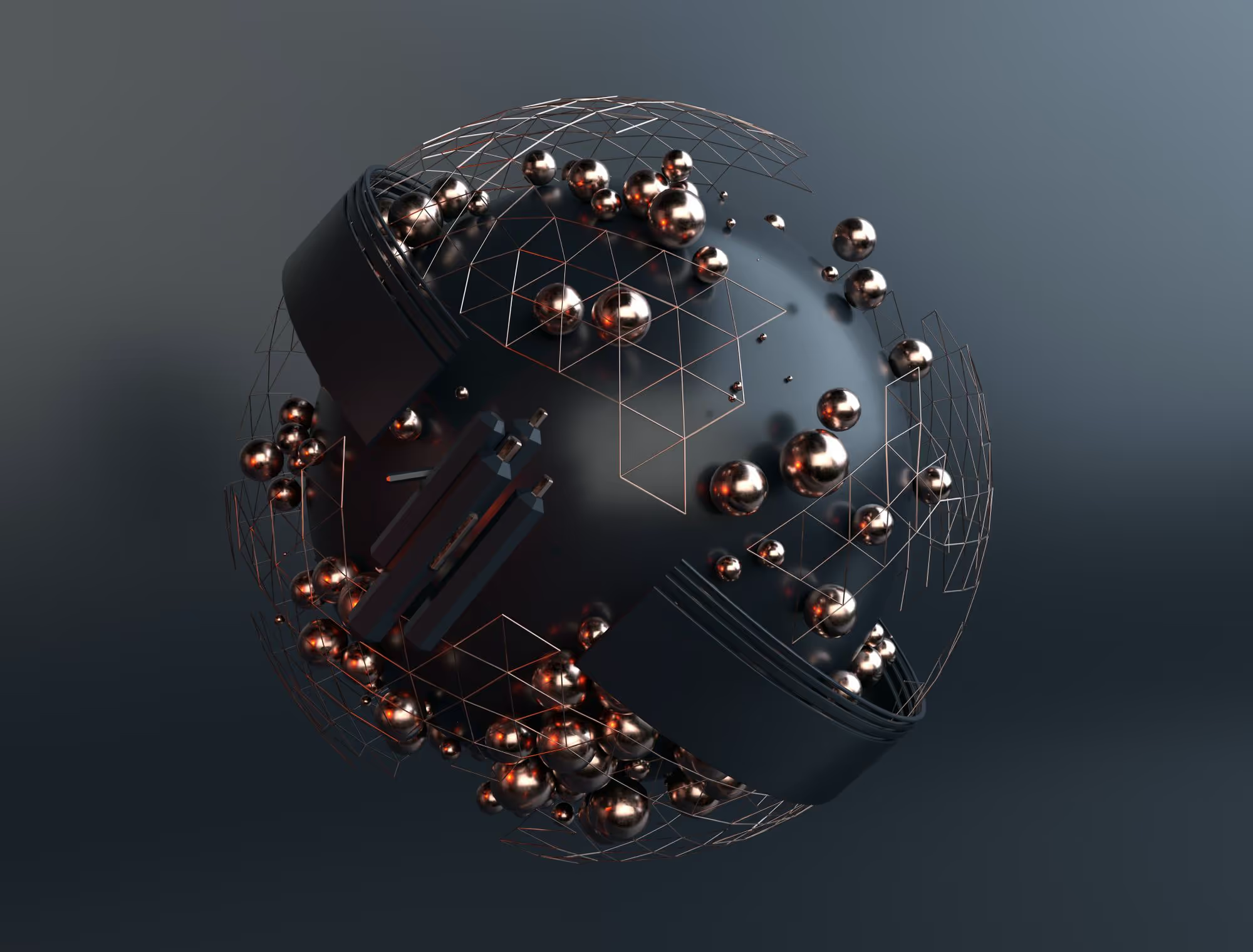
It’s one of the most common content dilemmas modern brands face: do you invest in traditional product photography, or switch to 3D product rendering? As visual expectations rise and eCommerce continues to evolve, the old photoshoot model is being challenged by CGI workflows that promise speed, consistency, and creative control.
So, which one’s right for you?
In this article, we’ll break down the key differences between 3D product rendering and traditional photography, weighing up the advantages, limitations, and the situations where each shines. Whether you’re launching a new brand, refreshing your visual toolkit or scaling across SKUs, this guide will help you make an informed decision.
What Is 3D Product Rendering?
3D product rendering (or CGI) is the process of creating photorealistic visuals using computer-generated imagery. Rather than capturing a physical product with a camera, rendering builds a digital replica of the product in 3D software and simulates lighting, materials and angles to produce hyper-real visuals.
When to Use: Ideal for brands needing speed, flexibility, variant visuals and consistency across eCommerce and campaigns.
What Is Traditional Product Photography?
Photography remains the go-to for many teams. It involves capturing physical products in a studio or real-world setting using cameras, props, and lighting. It’s tactile, trusted, and well-established.
When to Use: Best for brands with physical prototypes ready, lifestyle-driven shoots, or unique materials difficult to simulate in CGI.
1. Production Speed
3D Rendering:
- Work starts as soon as you have dielines, CADs, or artwork.
- No need to wait for physical samples.
- Assets can be delivered in days, not weeks.
Photography:
- Dependent on production samples, shipping and scheduling.
- Studio bookings, props, setup and post-production all take time.
- Re-shoots can delay go-to-market timelines.
Winner: 3D Rendering (especially for tight deadlines and rapid launches)
2. Visual Consistency
3D Rendering:
- Control every angle, light and layout down to the pixel.
- Apply the same setup across an entire SKU range for a polished, cohesive look.
- Zero variation across locations or vendors.
Photography:
- Light and colour shifts across different shoots or studios.
- Human error introduces inconsistency.
- Props and conditions may not be repeatable.
Winner: 3D Rendering
3. Variant & SKU Management
3D Rendering:
- Easily swap labels, colours, sizes, or languages without reshooting.
- Create dozens of packshots using the same base model.
Photography:
- Each variation typically requires new samples and new shots.
- Multiplies costs and timelines.
Winner: 3D Rendering (by a long shot)
4. Cost Efficiency
3D Rendering:
- High upfront setup for model creation, but scales affordably.
- No props, location costs, or physical logistics.
Photography:
- Lower per-image cost early on.
- Costs stack with every variant, re-shoot, or sample requirement.
Winner: Depends on volume. Low SKU count = Photography. High SKU count = Rendering.
5. Realism & Detail
3D Rendering:
- Advances in CGI now simulate everything from gloss to frosted glass, foil, embossing and more.
- Close-ups, exploded views and texture simulation are incredibly accurate.
Photography:
- Still wins for hard-to-replicate materials like fabric folds, liquids, or unique lighting effects.
- Authenticity and emotional impact can be stronger when done well.
Winner: Tie. Photography wins on tactile realism. CGI wins on flexibility.
6. Creative Control
3D Rendering:
- No lighting restrictions, weather delays or studio limitations.
- Infinite revisions without breaking budget.
- Animate, rotate or simulate interactions for campaigns.
Photography:
- Creative limits tied to physical space and available props.
- Complex shots can be expensive and labour-intensive.
Winner: 3D Rendering
7. eCommerce Performance
3D Rendering:
- High-res consistency improves PDP performance.
- A/B test hero images, angles and animations.
- Integrates easily with Shopify, Amazon and headless platforms.
Photography:
- Still works well, but less adaptable across screen sizes and variant images.
- May need manual optimisation for mobile.
Winner: 3D Rendering
8. Sustainability & Logistics
3D Rendering:
- No waste, no packaging samples, no studio emissions.
- Fully digital workflow.
Photography:
- Requires physical samples, travel, shipping and often wasted props.
Winner: 3D Rendering
When Should You Choose Photography?
- You have a one-off campaign where physical staging is critical
- Materials are especially difficult to render accurately
- You're selling a product that relies heavily on tactile emotion (e.g. fashion, furniture)
When Should You Choose 3D Rendering?
- You have multiple SKUs or product variants
- You want speed, control and consistency
- You need to optimise visuals for eCommerce and CRO
Final Thoughts: CGI vs Photography Isn’t a One-or-the-Other
Ultimately, both have their place. Some brands run hybrid setups: photography for lifestyle, CGI for packshots. The best choice is the one that aligns with your product mix, timeline and visual goals.
But if you're scaling fast, launching often, and tired of chasing samples and slots - 3D rendering might be your smartest move yet.
Ready to explore your options? Let’s talk about what CGI can unlock for your brand.
